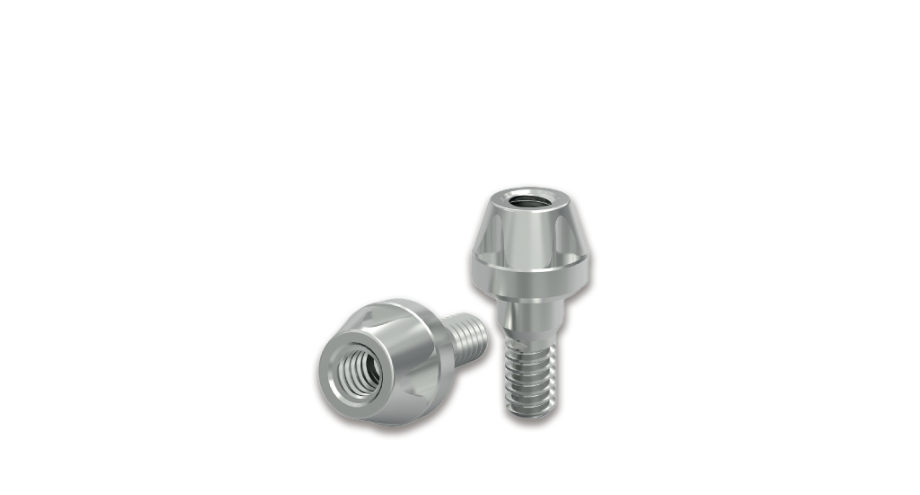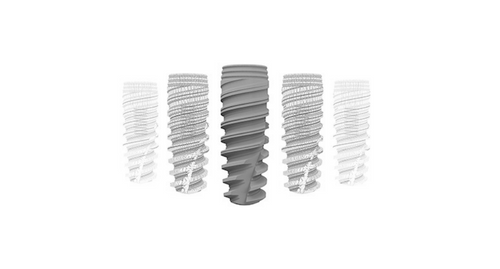Ziacom implants: internal, external and conical connection
The type of connection is a key feature when choosing the most suitable implant for a treatment.
In our desire to design products suitable for each patient and treatment, at Ziacom we have a wide portfolio of implants that includes solutions for all specifications and clinical situations.
Let’s get to know the specific characteristics offered by each type of implant according to its connection.
External connection implants
Modern dental implantology began in the 60’s, when Dr. Brånemark accidentally discovered the mechanism by which titanium bonds to bone, a process he called osseointegration.
Brånemark placed the first dental implant in a human in 1965, which changed the history of implants forever.
From the 80’s onwards, there appeared the first modern cylindrical-shaped implants that were similar to the root of a natural tooth: the external connection implants. Since then, this has been the most widely used type of connection, as it facilitates rehabilitation in cases of divergence between implants.
At Ziacom, we design the external connection of our implants with hexagonal shape, which gives them greater resistance. In addition, these implants guarantee versatility and are the best option for multiple rehabilitations, as their morphology allows the placement of several adjacent pieces and facilitates the patient’s recovery.
Our best example of an external connection implant is the ZM4MT, a simple and versatile implant with a conical design whose screw channel with upper guide facilitates screw insertion.
Discover all our external connection implants in our portfolio.
Internal connection implants
Modern implantology has continued to evolve and with the aim of achieving maximum efficiency in the processes of osseointegration and anchorage of dental implants, internal connection implants have emerged.
With this type of connection, we achieve great stability, an impeccable bacterial seal and a smaller treatment gap.
One of the main advantages of this type of implant is that it transmits the forces directly from the abutment to the internal hexagon and its stabilising area, as the screw that keeps the abutment fixed to the implant is subject to less horizontal stress.
- Other properties include:
- Absorption of forces.
- Minimisation of micromovement.
- Less resorption of the marginal crest.
- High aesthetic factor.
Zinic MT is a great example of an internal connection implant. The depth of the hexagon (1.5mm) improves the distribution of longitudinal forces, and its tapered bevel reduces micromovement.
In our portfolio you can find other internal connection implants such as Zinic.
Conical connection implants
In order to minimise mechanical complications due to loosening between components and breakage of fixation screws that can occur with standard connections, the evolution of implantology has given rise to conical connection implants.
The main strengths of the conical connection are:
- Better response to biomechanical requirements.
- Better sealing between components.
- Streamlining of surgical procedures.
- High strength, so loosening between components is minimal.
- Reduced micro-gap between implants, eliminating external bone resorption.
Our Galaxy implant is a clear example of the efficiency and predictability of this type of connection, thanks to the fact that it avoids micromovement and bacterial microleakage, both of which are extremely important factors in guaranteeing the success of the osseointegration process.
If you have any questions or would like to know more about any of our products, please do not hesitate to contact our export department.




